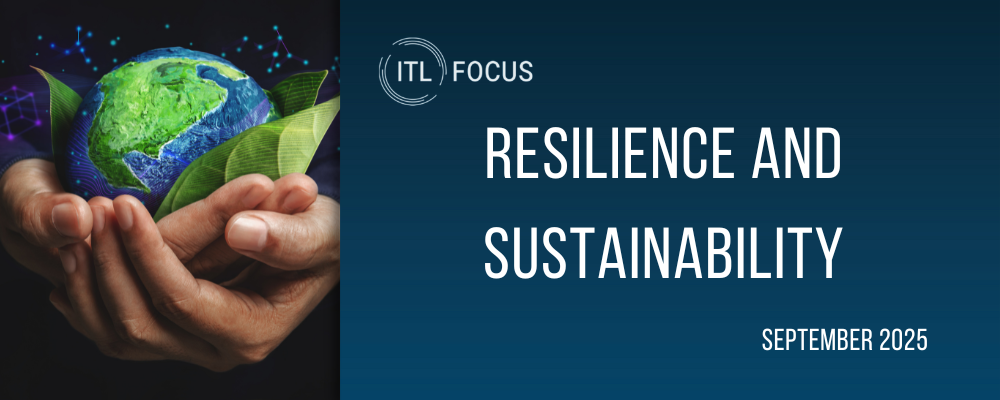The last few years have been a whirlwind for homebuyers. Since the onset of the COVID-19 pandemic, home inventory has remained stubbornly low, supply chain challenges have remained complex and mortgage interest rates have soared. There is a perfect storm for those purchasing a home, especially first-time homebuyers. In fact, according to the National Association of Realtors (NAR), the median age for a first-time homebuyer has risen to 36, the oldest age recorded since NAR began compiling this information in 1981.
Lenders require proof of homeowners insurance, and much of the economic volatility that is applying pressure on the housing market is also making the process of securing homeowners insurance harder than ever. Many are being forced to reduce their coverage to maintain protection at a rate they can afford.
Simultaneously, climate change and the increasingly severe weather patterns that result from it – like hurricanes and wildfires – have destabilized regional markets, leaving tens of millions of homeowners without reliable coverage. While this once was a problem primarily for states like Florida and California, worsening weather events such as windstorms and hail are forcing people in states like Iowa to carry this burden, as well.
A recent New York Times investigation on the state of the homeowners insurance market painted a grim picture. As insurers are forced to pay more claims due to the worsening effects of climate-related weather events, they’re raising rates to astronomical levels and leaving homeowners in a bind. Dave Jones, the director of the Climate Risk Initiative at UC Berkeley’s law school, went so far as to say we’re headed for an “uninsurable future.”
See also: Climate and Catastrophe Risk Strategies
Don’t blame it on the rain
As seen with the New York Times coverage, climate change and the resulting severe weather events have received much national attention as the primary cause of the problem of insurance supply scarcity and rising premiums. But there is a bigger problem at work that is not widely discussed – the sheer complexity of bringing new insurance products to market quickly and updating them once in market.
To put it plainly, the challenges in the homeowners insurance market brought on by climate change are just the symptom of not being able to react fast enough. Put another way, climate change alone isn’t to blame for the mess we are experiencing in the insurance market – it's the complexities of bringing new insurance programs to market.
See also: Parametric Insurance Can Tackle Climate Risks
Infrastructure issues
There is one fundamental thing that needs to change: the plumbing and pricing of the insurance industry. Consumer brands and large carriers are eager to quickly meet the protection needs of homeowners nationwide. However, these organizations know that the process to create new programs is complex, time-consuming and labor-intensive. Not only does it take three years on average to build a new insurance program, but even if they were to create them on their own, large brands and carriers aren’t equipped with the technology to distribute these products digitally.
That’s where rate service organizations (RSOs) typically come into play. At the base of building many insurance programs are RSOs, which provide the architectural plans of an insurance program and are a helpful step to bring programs to market. There are a handful of legacy providersm and they are all incredibly slow, costly and difficult to work with.
RSOs have been a mainstay of the insurance ecosystem because they have policies and rates that are already approved by regulators, making it a no-brainer for insurance carriers, MGAs and consumer brands to work with them for pre-approved insurance product filings. This may sound like an easy win, but the unfortunate reality is that it still takes a really long time to get to market.
The delays come at a hefty cost. According to our recent 2024 State of Digital Insurance Report, 75% of insurance industry decision-makers said their companies spend at least $1 million annually on RSOs — and over 50% of those spend $5 million or more every year. Yet over 70% of respondents feel that RSOs require a massive amount of effort to get insurance programs off the ground. Many insurers have been forced to deal with this mismatch of effort and ROI because there simply aren’t better options in the market.
It’s clear that a lot needs to change to make launching and maintaining insurance programs less complex, and that doing so will make the process much faster. Outdated technological infrastructure cannot keep up with the urgent needs of present-day carriers and brands that are looking to extend insurance to customers. While RSOs have historically helped lay the architectural plans to build insurance products, they haven't streamlined the process — it can still take upwards of 30 different vendors to launch something like an embedded homeowners program for an online lender.
The home insurance market has always been complex, but as the impacts of climate change grow worse, customers are feeling the impacts more acutely than ever. The insurance industry is failing consumers, and there is an inherent need to modernize the industry at its core. By reinventing how insurance products are combined with modern technology solutions, the industry can get insurance products to market faster and more seamlessly so consumers can get the protection they need. The demand is there – we just have to make the process of meeting this demand less complex.







